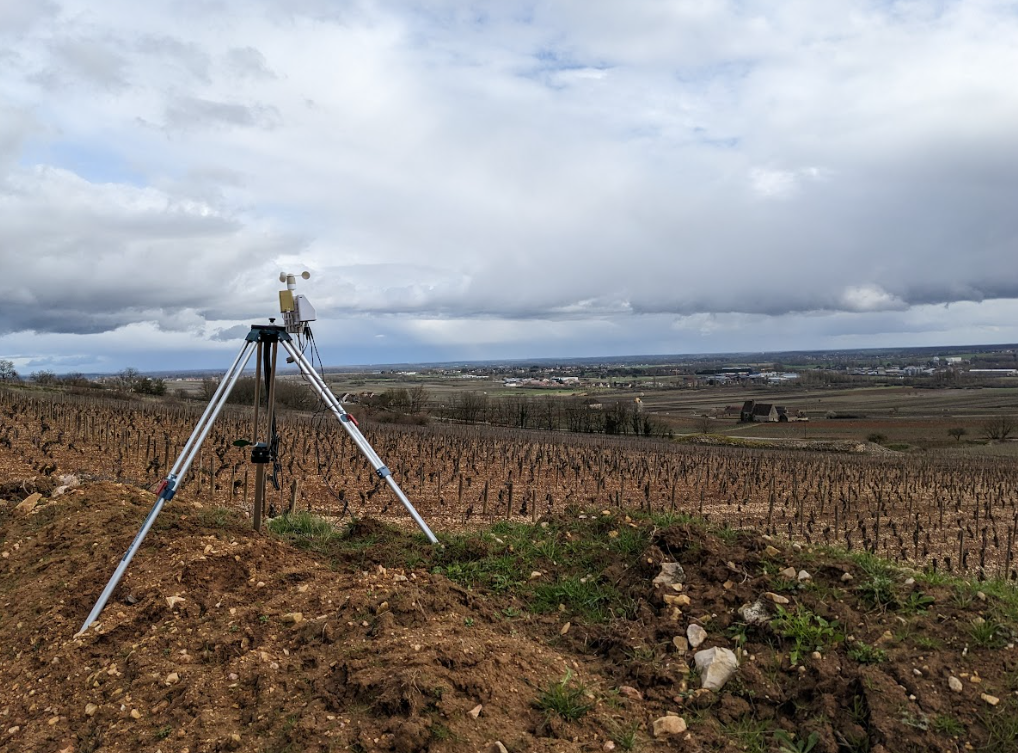
Sustainable Atmospheric Sensing: Meteomatics Goes to Market With the Meteoglider To Make Radiosondes Reusable
Pioneering sustainable weather data collection with Meteodrones, used in the MAGDA project, Meteomatics has now acquired R2Home and its innovative glidersonde technology, which makes it possible for national weather services to recover and reuse radiosondes.
Meteomatics Acquires R2Home
Meteomatics acquired R2Home, a startup founded by Yohan Hadji in 2019. He has developed an innovative glidersonde offering a cost-effective and sustainable alternative to conventional radiosondes.
Now branded by Meteomatics as “Meteoglider,” it’s a perfect addition to the company’s sustainable solutions for atmospheric sensing, joining the ranks of the Meteodrone and Meteobase technologies.
Meteogliders: Just Like Conventional Radiosondes but Sustainable
The Environmental Drawback of Conventional Radiosondes
Radiosondes, carried by weather balloons, have been essential tools for atmospheric data collection for decades. Yet, their environmental impact is significant: about 80% of the 600,000 radiosondes launched annually are lost in nature, creating both environmental and financial costs.
Meteogliders Come Back to the Launch Site for Reuse
The Meteoglider is a lightweight (250-gram) foam glider equipped with a radiosonde and an advanced guidance system. After reaching 30 kilometers altitude with a weather balloon, the Meteoglider collects atmospheric data and uses its guidance system to return to its launch site or a designated GPS location.
Designed for multiple uses, the Meteoglider ensures its lithium battery and electronics operate for hundreds of hours before disposal, dramatically reducing waste. Its classification as a conventional radiosonde simplifies regulatory approval, and future iterations will be even lighter and smaller to further minimize its ecological footprint.
Meteodrones and Meteogliders: The Perfect Duo for Sustainable Weather Data Collection
Meteodrones and Meteogliders provide innovative and sustainable solutions for collecting atmospheric data, meeting the growing demand for improved weather forecasts.
Meteodrones, designed for long-term use, can be deployed globally by national weather services and private organizations. in the MAGDA Project, Meteodrones collect critical weather data over agricultural fields to support operations and enhance hyperlocal forecasting. Their ability to perform multiple daily flights worldwide provides unprecedented high-density data, addressing critical gaps in traditional networks.
Meteogliders, on the other hand, provide a short-term, sustainable alternative for national weather services. They allow the continued use of radiosondes while reducing environmental and cost impacts with minimal changes to existing processes.
Together, Meteogliders and Meteodrones reshape atmospheric sensing, offering a dual approach to sustainability. Meteogliders ensure continuity in stratospheric data collection with minimal waste, while Meteodrones enhance real-time data density in the lower atmosphere. This synergy supports immediate forecasting needs and drives the long-term transformation of global weather observation systems, aligning with the growing demand for accurate, eco-friendly weather solutions.
By championing innovation and sustainability, Meteomatics leads the way toward a greener, more precise future for atmospheric science.
Author: Akemi Narindal-Aoki, PhD
Links
Keywords
Meteomatics, Meteodrones, weather drones


